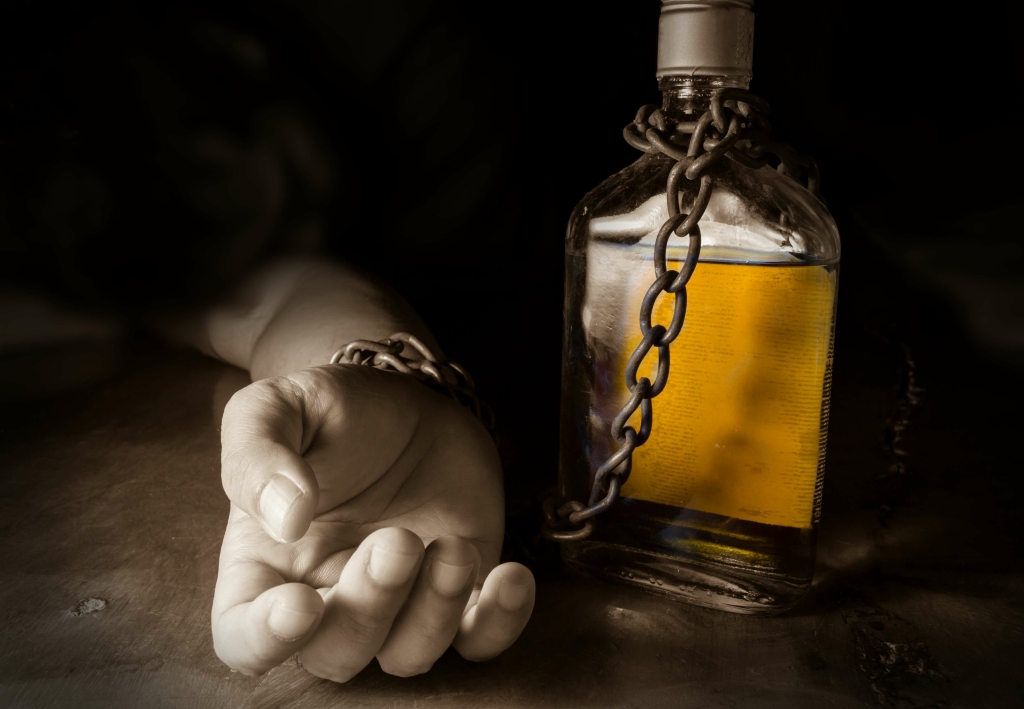The physical effects include increased heart rate, muscle cramps, and heightened blood pressure, which can lead to severe long-term health issues, including heart attacks and strokes. Crack is made by dissolving powder cocaine (which comes from drug use screening tests coca leaves) and baking soda in boiling water and then cutting the resulting paste into small “rocks” after it dries. Because of the inexpensive additive (baking soda), a rock of crack cocaine is cheaper than a similar “dose” of powder cocaine.
- Injecting cocaine produces an almost immediate high, but it is a more dangerous method of consumption and can lead to complications such as infections or collapsed veins.
- It’s simply a matter of what kind of damage is being done and how the person using cocaine deals with the damage over time.
- Cocaine and methamphetamine can lead to addiction, severe withdrawal symptoms and overdose.
- Era, and cocaine first became popular in the late 19th century—although at the time, it wasn’t considered an illicit drug.
- The differences in administration methods contribute to variations in the intensity and duration of the drug’s effects.
Crack vs. Powder Cocaine: One Drug, Two Penalties
Cocaine, on the other hand, is thought to carry a higher risk of substance use disorder partly due to its effects on dopamine pathways in the brain. In addition, alcohol can blunt the effects of cocaine, leading you to consume more cocaine in order to feel the desired effects. The more cocaine you consume, the higher your risk of negative effects, including a more severe comedown.
Crack vs. Cocaine: Differences in Risks, Side Effects, and Laws
Most crack possessions were found among poorer populations, whereas people belonging to higher economic strata seldom used it. On the contrary, these populations were more commonly arrested for possession of powdered cocaine. If you’re considering using crack or coke, are worried about a friend who uses these drugs, or want to learn more about the side effects and possible treatment options for yourself, you’re in the right place. This article is meant to help people who are using crack and coke, as well as anyone worried about someone in their lives who is using crack or coke themselves.
Difference Between Ingesting Crack and Cocaine
According to the National Institute on Drug Abuse, therapies used to treat meth addiction include cognitive behavioral therapy and contingency management interventions. The Matrix model, a behavioral therapy specifically for people who abuse stimulants, has also helped people commit to treatment and quit using meth and cocaine. On the state level, a minority of the states also treated crack and cocaine differently for purposes of sentencing. For example, in 2014, California passed the California Fair Sentencing Act, which eliminated the sentencing differences for crack and powder cocaine in state cases. While crack was a hot topic in the news in 1986, Congress held hearings to address the so-called crack epidemic.
As stimulants, both cocaine and MDMA turn the dial up on your body’s metabolism. Your heart rate, blood temperature, body temperature, and breathing are all speed up. As the drugs wear off, all that excess serotonin and dopamine gets reabsorbed or broken down. It can take a day or two for your brain to rebuild its usual neurotransmitter levels, during which many people report feeling “low” or noticing flu-like symptoms.
Once the cocaine is separated from the leaves it is then processed further to remove impurities and dried into a powder form known as cocaine hydrochloride, the basic street-form of cocaine. While the drugs are similar in their origination, there are some key differences between the two. Where the side effects of crack vs. cocaine differ in their potential for abuse and dependence, crack users are at a higher risk of becoming addicted to coke. Crack cocaine addiction manifests clinical signs of dependence, showing much earlier than users of its powdered form.
The long-term effects of crack use include mood changes and instability, irritability, restlessness, depression, anxiety, paranoia, and hallucinations. Most people, when they think about crack or cocaine, tend to lump them together. That is understandable—cocaine, or “coke,” refers to the powdered form of the drug, while crack is what’s called a “rock,” or more solid, version of cocaine. But there are some notable differences between these two forms of the same drug that prevent them from being interchangeable.
Understanding the differences in these drugs, their potency, and side effects is important for everyone, especially if you have used coke or crack or are considering using them. The ‘crack baby’ myth perpetuated a stigma against Black children, unjustly associating behavioral challenges in school with prenatal cocaine exposure. This stereotype contributed to a cycle of suspicion and discrimination, impacting the educational and social treatment of Black youth. Moreover, the longitudinal studies have shown that the observed symptoms were more closely related to premature birth rather than direct cocaine exposure. The price of a gram of pure cocaine rose from $116 to $202 from 2007 to 2015, according to the DEA report.
This results in the active ingredient in cocaine being more amenable to being smoked. Both crack and cocaine can cause a range of physical and psychological effects, including increased heart rate, high blood pressure, insomnia, anxiety, and paranoia. Long-term use of both crack and coke can lead to addiction, as well as problems such as heart attacks and strokes.
The duration of the high of ingesting both crack and cocaine can vary depending on the individual, the dose, and the purity of the drug. Some people may experience a longer vs. a shorter high, or even no drugs brains and behavior high at all, depending on whether or not the individual has developed a tolerance from chronic use. The effects of coke typically begin within a few minutes of use and the high lasts up to half an hour.
Cocaine is a highly addictive stimulant that typically comes in powder or solid form. Both crack and powder cocaine can lead to a host of physical, psychological and behavioral problems, including addiction. Treatment for an individual who has abused crack or powder cocaine and developed a stimulant use disorder will follow a standard overall plan that will be adjusted to fit the needs of the person. The first step is to perform a comprehensive physical, emotional, and cognitive evaluation of the person in order to determine all the issues that need to be addressed in the recovery plan. Many individuals who abuse cocaine also abuse other drugs, such as alcohol, cannabis products, narcotic drugs, etc., and it is important to understand the complete picture before placing individual treatment.
The legal classifications generally focus on the form and quantity of the drug. The street price of crack and cocaine differ significantly, and costs vary by location. In 2002 in Texas, a gram of powdered cocaine cost $50 to $100 in Dallas, $80 to $100 in Houston and $50 to $60 in El Paso, according to the Drug Enforcement Administration. In contrast, crack sold for $20 per rock, which is one-fifth to one-quarter of a gram.
Cocaine has a few medical purposes, unlike many recreational drugs, but its use is still very limited. Anything you buy on the street has likely been refined specifically for recreational use, and no recreational use of cocaine is safe or legal in the United States. The crack epidemic’s legacy is complex, with ongoing discussions about alcohol withdrawal symptoms its impact on communities and the justice system. While the prevalence of crack use has declined since its peak, it remains a significant issue within the sphere of public health and substance misuse. The survey found that the average meth user in 2016 was a white male with some college experience who did not hold a full-time job.
While some stimulants can produce a high for minutes or a couple of hours, meth has a particularly long-lasting effect of up to 12 hours. There are several other key differences between the two substances that impact how they are used and their effects. Cocaine is generally snorted or injected while crack is inhaled through smoking. When cutting cocaine, manufacturers regularly cut in additional ingredients, making it stable and predictable. This means that its toxicity levels are dangerously higher, create stronger and more intense reactions, and are more likely to intermingle with other drugs and medications in a life threatening manner.

